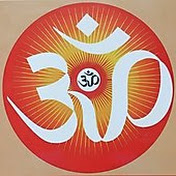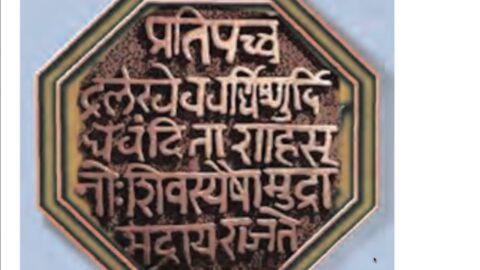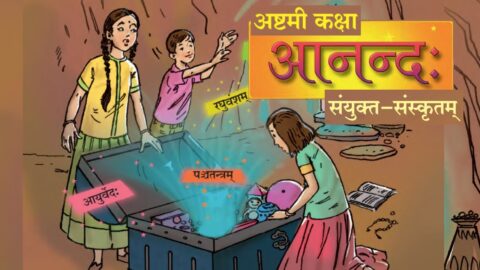Time – clock(घटिका)
Analog clocks use angles to tell time. They have hands that rotate around the clock’s face. The position of the hands shows the time. The face of the clock is a flat disk. It will often have the numbers one through twelve on the face to make it easier to read. Analog clocks commonly have two or three hands. If it has two, there is a large hand or minute hand and a smaller hand, the hour hand. Clocks with three hands also have a second hand. This hand is usually about as long as the minute hand, but much thinner.
Each hand shows the time it is named for and moves around the face of the clock one complete rotation for each movement to the next larger hand. For example, the second hand moves around the face of the clock in 60 seconds. It moves once each second. When it moves all the way around the clock, the minute hand moves forward one space. When the minute hand moves all the way around the face of the clock (which takes 60 minutes), the hour hand moves forward one section. The second and minute hands take 60 movements to move all around the face of the clock, the hour hand only needs 12 movements to do the same.




